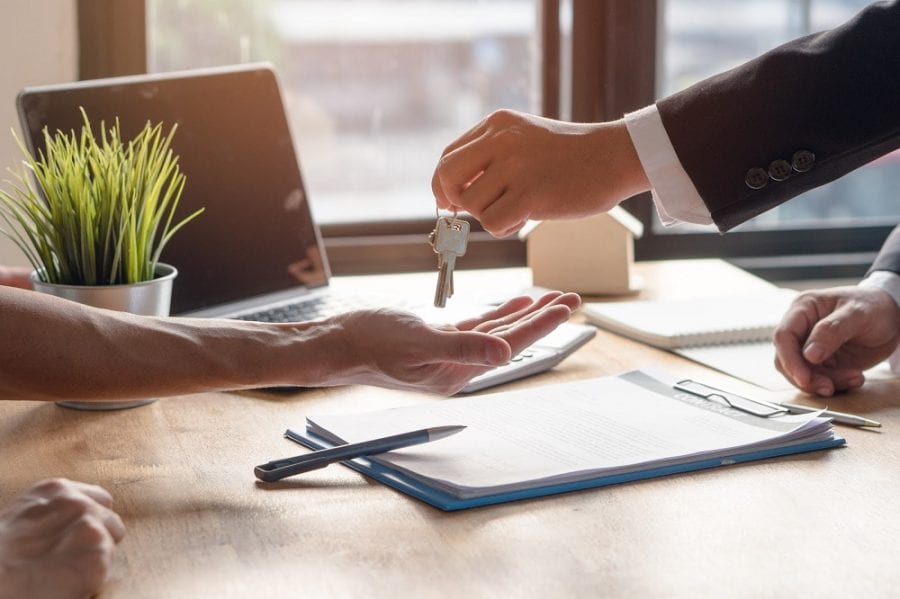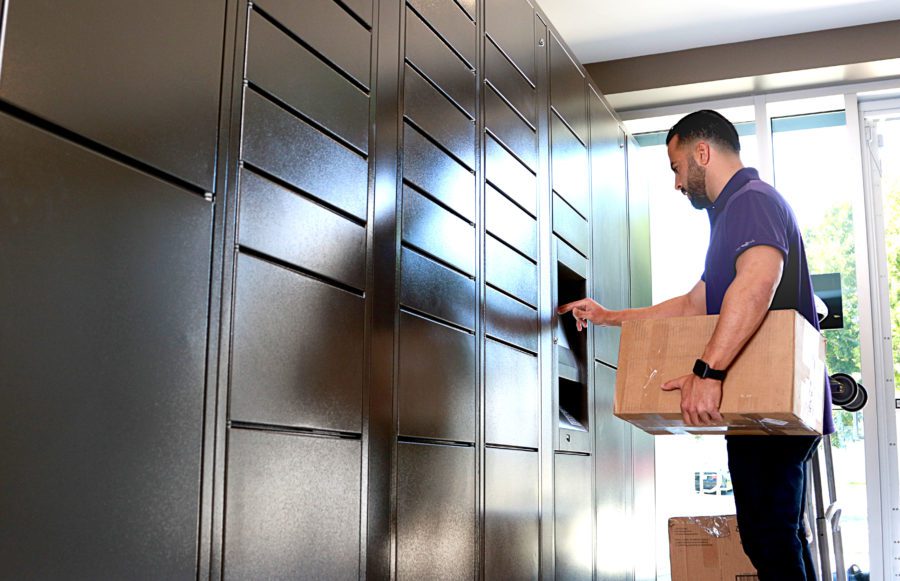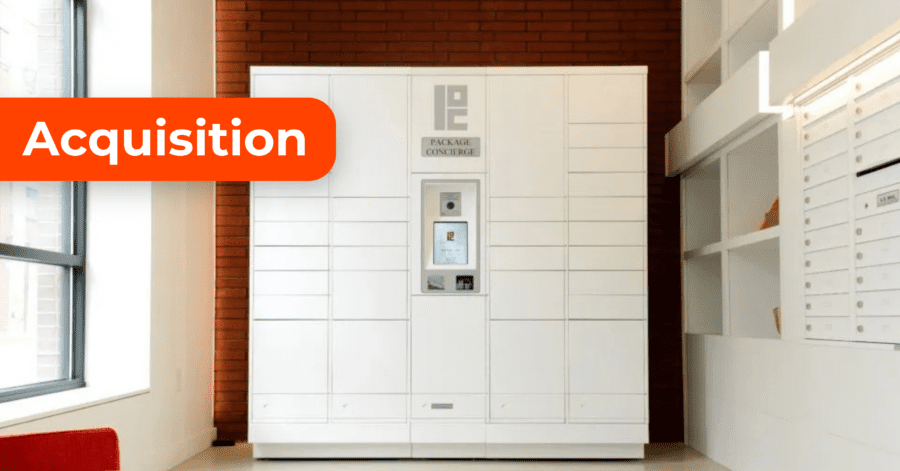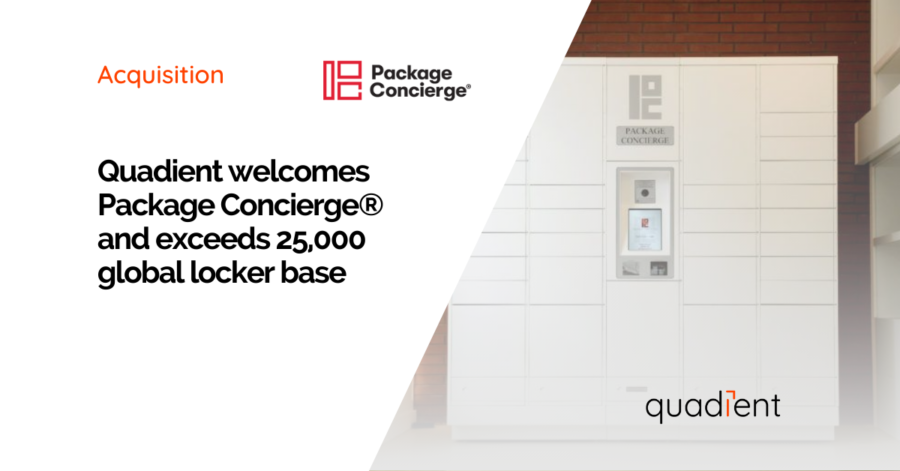
Commercial
Attracting High-Quality Commercial Tenants
Written by: Parcel Pending
5 Min Read
Published: December 16, 2020
Updated: March 29, 2023
Attracting High-Quality Commercial Tenants: Eight Strategies for Success
As a commercial real estate developer, it’s a very tough market today. Yet, there are tenant improvements that you could easily make to give you a competitive edge, entice new tenants, and deliver more revenue. Here are eight strategies to consider implementing for your commercial building development plan:
Convert Vacant Space into Valuable Amenities
With just a little planning, conference rooms can be turned into available single offices for current tenants to meet the demand for social distancing in the workplace. Allowing them to utilize these additional spaces at a substantially reduced rate encourages tenants to bring their staff back to work sooner. A myriad of apps are available making the experience seamless and self-service.
Partner to Offer Health Services
Thanks to COVID-19, commercial landlords might believe that they are also now in the health business, enforcing social distancing, taking temperatures, and constantly cleaning high-touch services. For instance, commercial real estate entities like The Connell Company and Convene have signed up with Eden Health for its Concierge Health Amenity, a special service just for the commercial real estate market1. Consider exploring options in your hometown.
Get Your Building LEED-Certified
LEED (Leadership in Energy and Environmental Design) certifies that a building was designed and constructed using strategies aimed at improving performance across all the metrics that matter most: water and energy efficiency, CO2 emissions reduction, and indoor environmental quality. Research shows that tenants are willing to pay more for LEED-certified buildings. In fact, a report on the Los Angeles market indicated that while traditional buildings receive an average of $2.16/square-foot tenants were willing to pay $2.91/square-foot for LEED-certified space2.
Update Air Filtration
Related to LEED (above), indoor air quality is now a major source of discussion especially as the weather turns colder. A return to a commercial office requires improved air circulation so that COVID-19 germs are not simply pumped back into the air circulation system. “We’re about to enter this ‘health-first’ era,” Dr. Joe Allen, Healthy Buildings Director, Harvard University of Public Health, said during a webinar hosted by JLL3. “Buildings can be our first line of defense.”
It’s worth exploring how to create windows that open. According to researchers from the University of Oregon and the University of California-Davis, opening windows is the optimal way to climate-control the office while preventing the spread of coronavirus4.
You can even consider using portable high-efficiency particulate air (HEPA) fan/filtration systems to help improve air quality.
Reduce Physical Touch Points
The expression used to be high tech/high touch. Today, the axiom is “low touch,” especially for commercial real estate owners or managers looking to attract quality tenants. Start-ups are exploring innovative methods for decreasing touchpoints. Keyless entry is an easy way to avoid contact.
Use Sensors to Measure Workplace Density Ways of measuring and monitoring workplace density. They are all a little different, available at different price points, but will help reassure the tenant that you are partnering with them to ensure safety.
- Badging System – Badging systems is one of the easiest ways to keep track of workers when they arrive and leave. Known as personnel tracking software, it utilizes bar code, magnetic stripe, proximity, smart credentials, or RF-enabled identification badges. It’s not perfect, however, as it is susceptible to “tailgating” meaning workers follow others into an area.
- Beacon/Bluetooth Sensors – Used with installed sensors, the data is both highly accurate and anonymous. Using an app that tracks users’ Bluetooth signal, also works although personal data does not remain private.
- Passive Infrared Sensors – A more sophisticated system that the two mentioned above, this type of system measures infrared (IR) light radiating from objects in its field of view.
- Vision Sensors – Probably the most sophisticated option uses computer vision technology to capture optical data at regular intervals and translate them into data points. It is the truest picture of true occupancy.
Consider Shorter Leases
According to an August 2020 NAIOP Research Report, demand is high for lease terms in the 6-12 month range5. The uncertainty of the pandemic has caused many potential lease tenants to want to move cautiously.
Install Smart Lockers
Smart package lockers support safe and contactless package delivery and are a great investment for a commercial building. They are even more critical now as office workers are often split between working in the office and working from home.
A huge benefit of smart lockers is that packages are placed in secure lockers without interaction by any existing building staff. Recipients are automatically alerted that they have a parcel pending. The smart parcel locker system then sends recipients a unique access code and/or a barcode to their smartphone, allowing for easy and safe package pickup without ever touching a keypad. In fact, it typically takes less than 10 seconds to retrieve a parcel with no signature required!
Other employee benefits include:
- Faster, easier parcel delivery and interoffice deliveries
- Securing deliveries with the “signature required” feature
- Accepting packages from all couriers and delivery services
- Providing friendly and helpful U.S. based, 24/7, 100% Always-On Customer Service
The workplace will continue to evolve as we learn more about COVID-19. Don’t let package management problems add more stress to your plate. Save time and money by streamlining your package management process with a Parcel Pending by Quadient locker solution. Find a commercial locker solution that is best for your workplace here.
Sources:
- Kirsch, Noah. Forbes. Telemedicine Startup Eden Health Raises $25 Million To Expand Commercial Real Estate Partnerships. (2020, August 12). https://www.forbes.com/sites/noahkirsch/2020/08/12/telemedicine-startup-eden-health-raises-25-million-to-expand-commercial-real-estate-partnerships/#7f7246bd751c.
- U.S. Green Building Council. (2016, April 1). Benefits of green building [Press Release]. Retrieved from: https://www.usgbc.org/articles
- Curtis, Cynthia. JLL. Landlords race to improve air quality in buildings. (2020, September 22). https://www.us.jll.com/en/trends-and-insights/workplace/landlords-race-to-improve-air-quality-in-buildings.
- Dietz L, Horve PF, Coil DA, Fretz M, Eisen JA, Van Den Wymelenberg K. 2020. 2019 novel coronavirus (COVID-19) pandemic: built environment considerations to reduce transmission. mSystems 5:e00245-20. https://msystems.asm.org/content/5/2/e00245-20.
- Moura, Shawn. NAIOP Research Foundation. (2020, August). Working Together as a Team: Negotiating with Tenants and Leasing Space During COVID-19 [Report]. Retrieved from: https://www.naiop.org/en/Research-and-Publications



